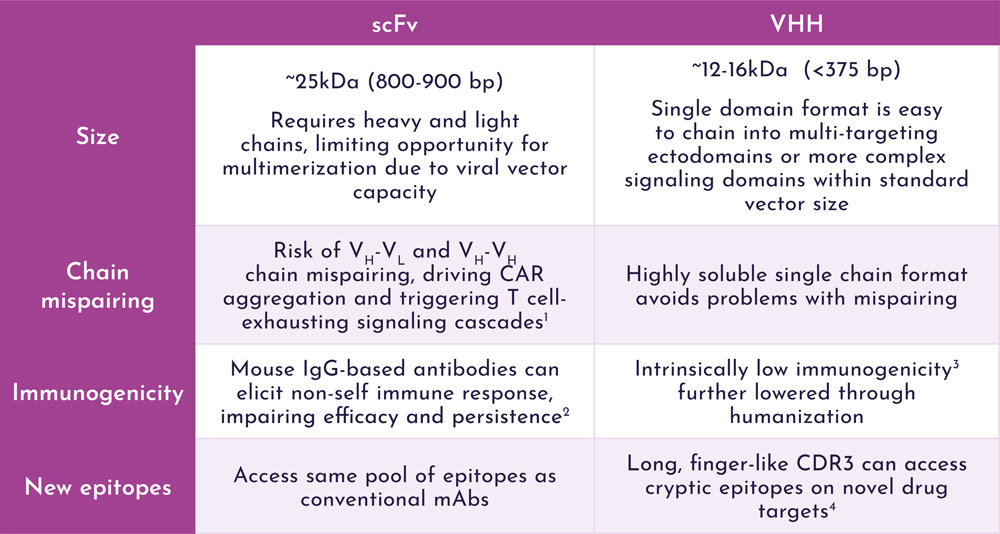VHH in
Cell Therapies
Small, stable and robust, VHH offer an attractive construct for incorporation as targeting agents in cell therapies.
VHH can also be easily multimerised to meet a variety of therapeutic needs, enabling refined cell targeting and modes of action while also minimising off-target toxicity. Away from the ectodomain, their small size also permits packaging of more sophisticated intracellular signalling domains, supporting the next generation of cell therapies.
Advantages of
VHH in Cell Therapy

Smaller constructs mean more space for multi-specific targeting modules or next-generation signalling domains.

References:
1. Jayaraman J et al. (2020) Ebiomedicine 58: 102931
2. Lamers CH, et al. (2011) Blood 117(1):72-82
3. Ackaert C et al. (2021) Front. Immunol. 12: 632687
4. Desmyter A et al. (1996) Nat Struct Biol 3(9): 803-811
Isogenica’s
VHH in CAR-T Resources
On the Origin of VHHs: Student serendipity and coincidental camels
We explain how VHHs – small format single-domain antibody fragments – have a range of unique properties that make them ideal for enhancing the therapeutic potential of conventional IgG antibodies.
From monoclonals to bi-specifics: Harnessing the transformative power of VHHs to supercharge IgG therapeutics
We explain how VHHs – small format single-domain antibody fragments – have a range of unique properties that make them ideal for enhancing the therapeutic potential of conventional IgG antibodies.
Review: Immunogenicity Risk Profile of Nanobodies
Ackaert et al review the immunogenicity risk profile of two VHHs from Phase II clinical trials, examining pre-existing ADAs and comparing to 3 months post-administration.
Partnerships at Isogenica
Isogenica’s partnerships with global biopharmaceutical companies have resulted in a deep pipeline including one clinical Phase II asset and eleven partnered pre-clinical and discovery programs.








